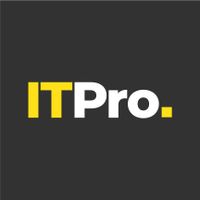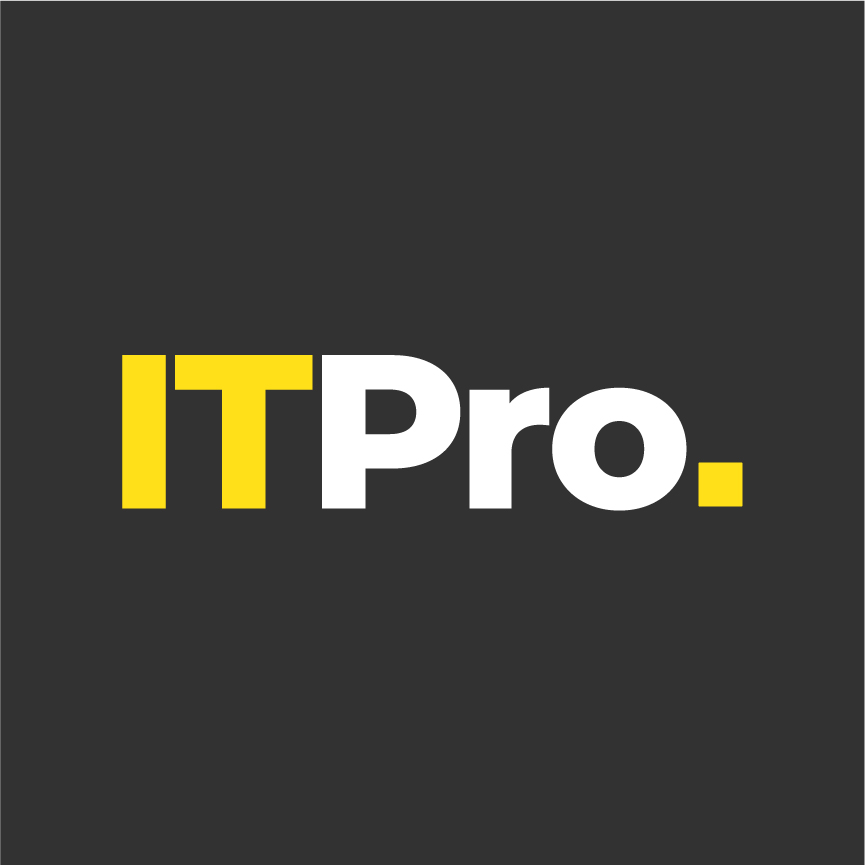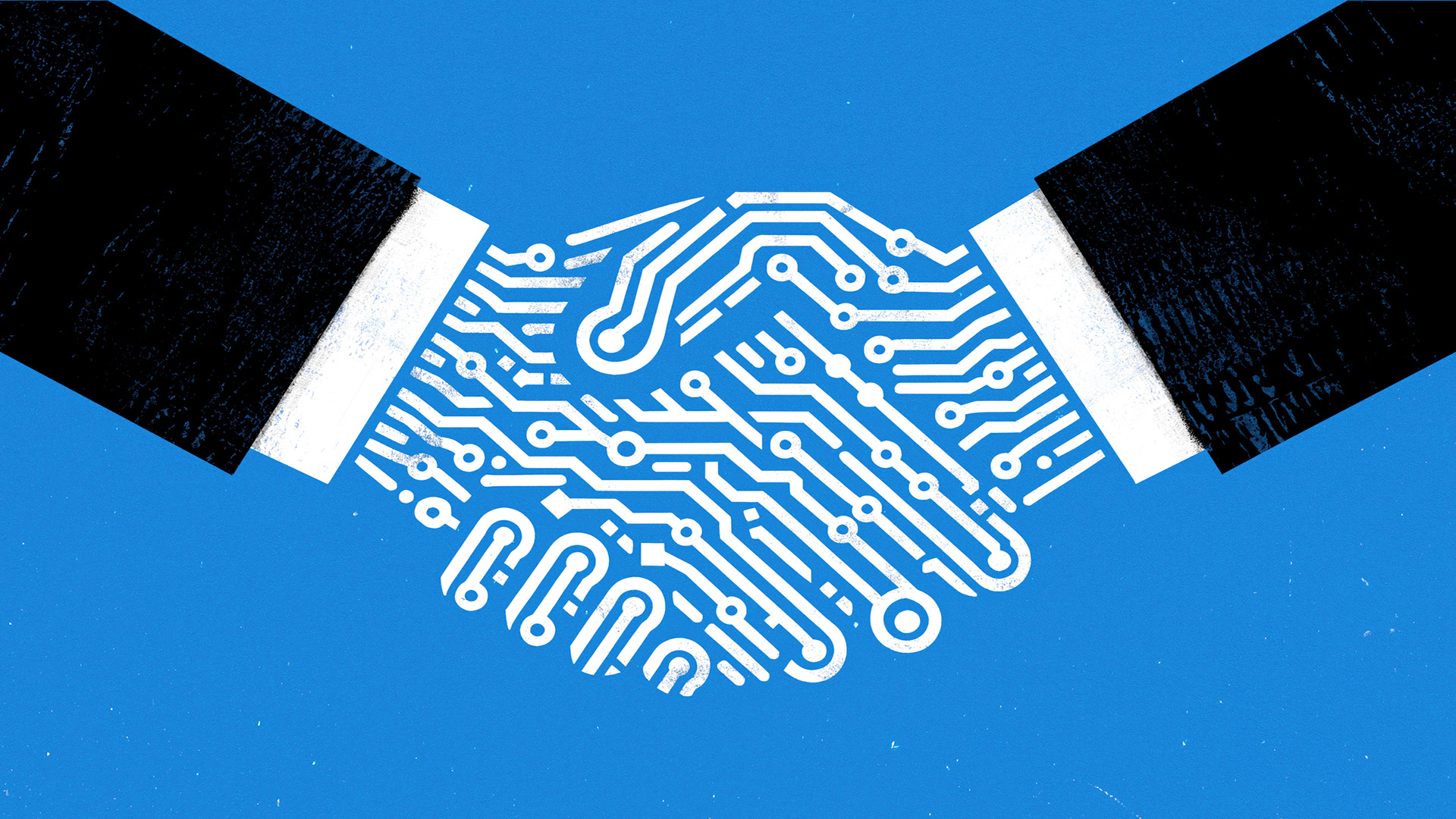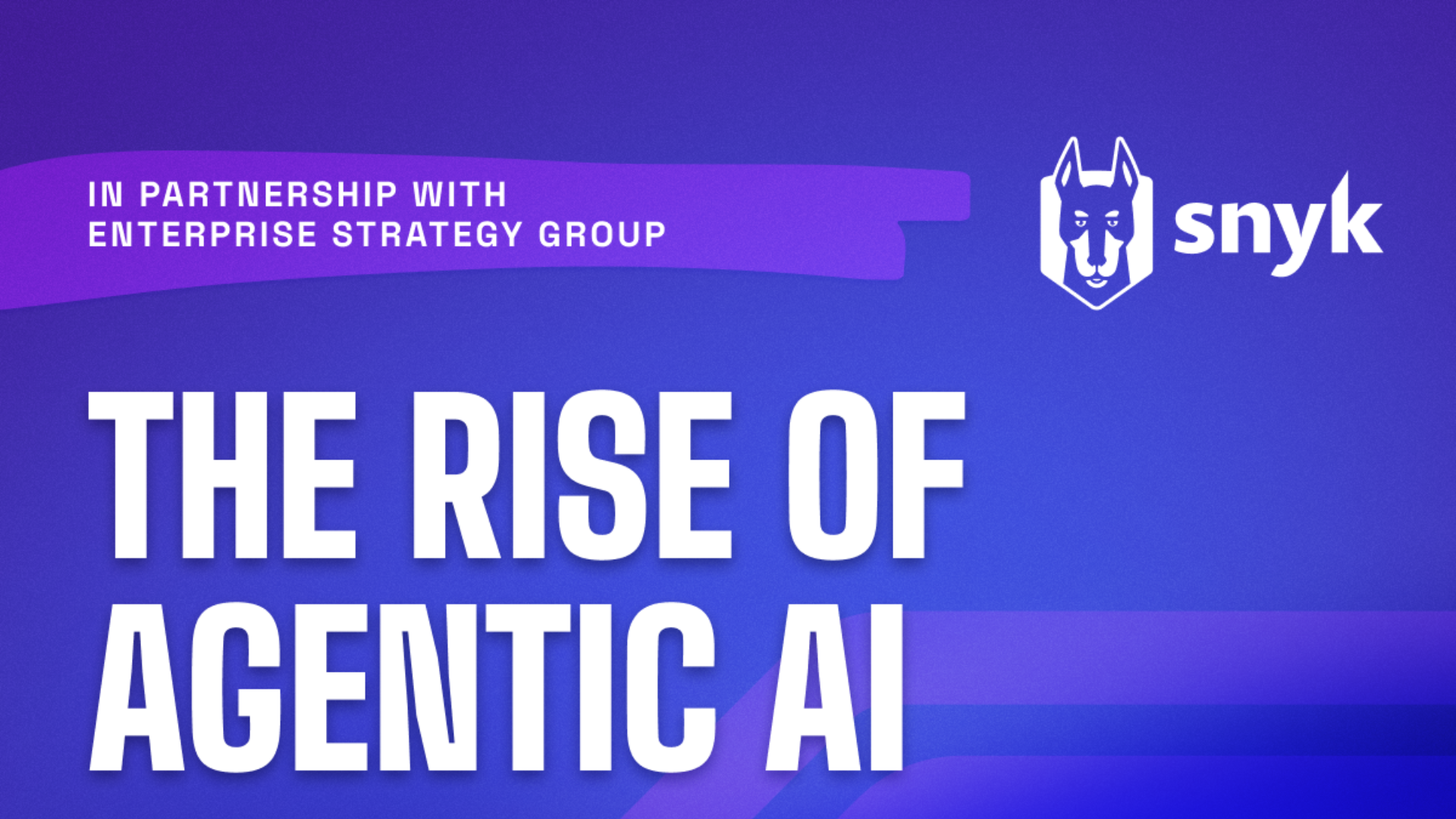Sponsored by Hyland
Turning business data into business value
Businesses looking to harness unstructured data and deploy widespread agents need a steadfast strategy
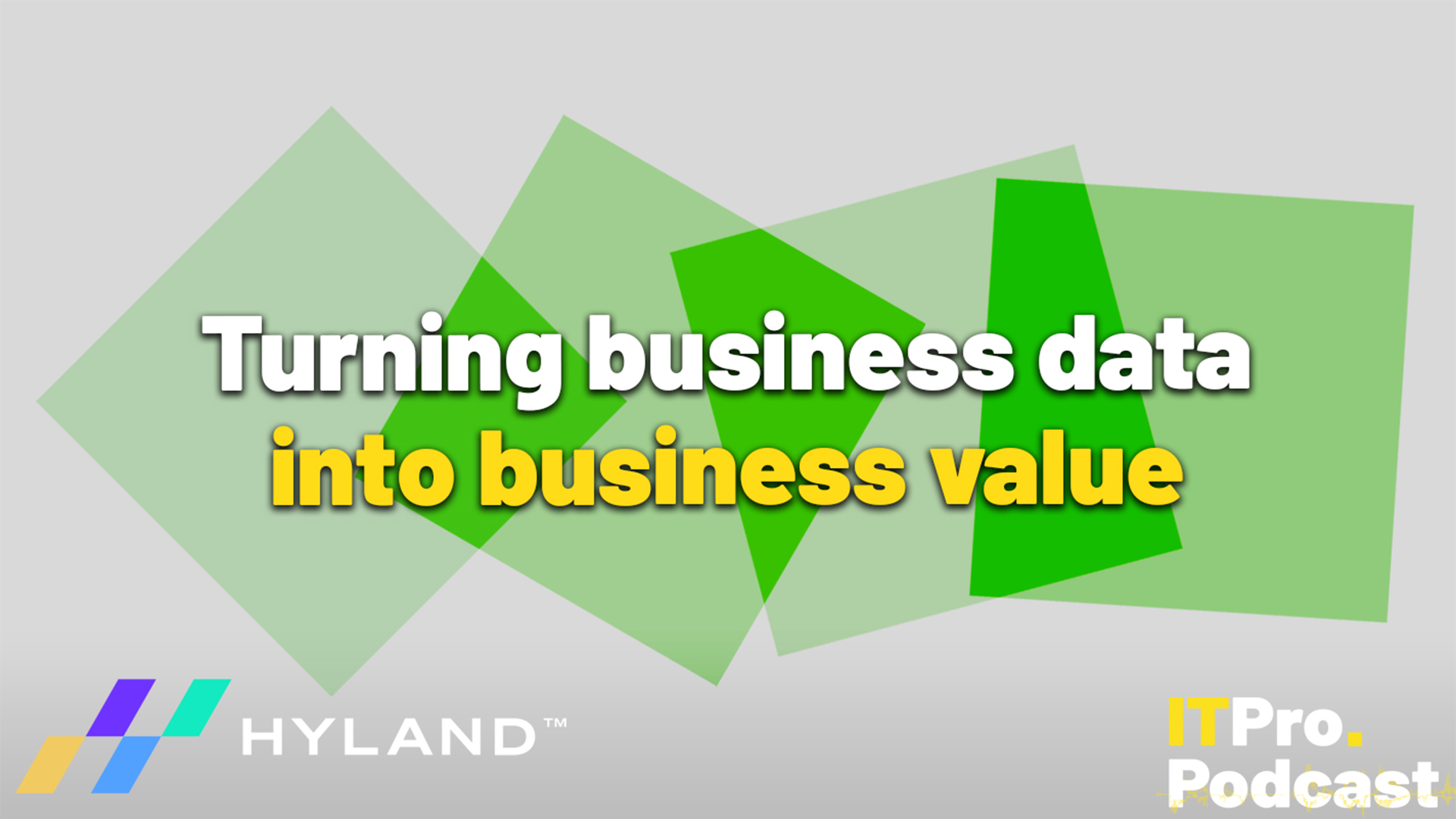
In modern businesses, your data is your value. This is not a new concept, but it can be a struggle to understand where to start when it comes to harnessing your data effectively.
Unstructured data, which can be generated in massive quantities before it ever produces value, can be especially difficult to handle. But if this task is completed correctly, businesses can future-proof their operations and lay the groundwork for future AI deployments.
What solutions are available to turn unstructured data into machine-readable content? And how does this feed into implementing in-demand tools such as AI agents?
In this special edition of the ITPro Podcast, in association with Hyland, Rory speaks to John Newton, chief innovation strategist at Hyland, to explore how businesses can harness their structured and unstructured data to generate value and enable AI tools.
Highlights
"Very few companies actually have their information under control. We've had a tsunami of information hit us over the last couple of decades and it never slows down. It just keeps on coming and nobody can keep up right now, it's just too cheap to create lots and lots of unstructured information – i.e. content – and not all of it's good. So something's got to change."
"What enterprise-grade means is to use that enterprise context to fit it within the context of the enterprise, its systems, its people, its processes. And how does that all come together in order to inform the agent? What decisions it makes, what actions it should take, what knowledge resources it should use in order to either deliver that information to the user or to feed into another system or to take an action of any sort."
"Are these new models going to be four times as powerful as before? Possibly. Are we going to get new algorithms? Probably. I think that those new models, new agents, and agent infrastructure are going to evolve. Agents will become more capable, more self-controlling and self-building. We're here to provide the specification, the contract of what the agent is supposed to be doing, more and more of that will be done. But that means spending more time in that specification to get it right, to be as encompassing as necessary. And that means having it informed by all the information that you've got already."
Footnotes
- Structured vs unstructured data management
- A quarter of firms still don’t have a formal data strategy – and it’s hampering AI adoption
- Data quality worries are holding back AI adoption among manufacturers, despite optimism over its growth potential
- AI is causing a data storage crisis for enterprises
Subscribe
- Subscribe to The IT Pro Podcast on Apple Podcasts
- Subscribe to The IT Pro Podcast on Spotify
- Subscribe to the IT Pro newsletter
- Join us on LinkedIn
Sign up today and you will receive a free copy of our Future Focus 2025 report - the leading guidance on AI, cybersecurity and other IT challenges as per 700+ senior executives
ITPro is a global business technology website providing the latest news, analysis, and business insight for IT decision-makers. Whether it's cyber security, cloud computing, IT infrastructure, or business strategy, we aim to equip leaders with the data they need to make informed IT investments.
For regular updates delivered to your inbox and social feeds, be sure to sign up to our daily newsletter and follow on us LinkedIn and Twitter.
-
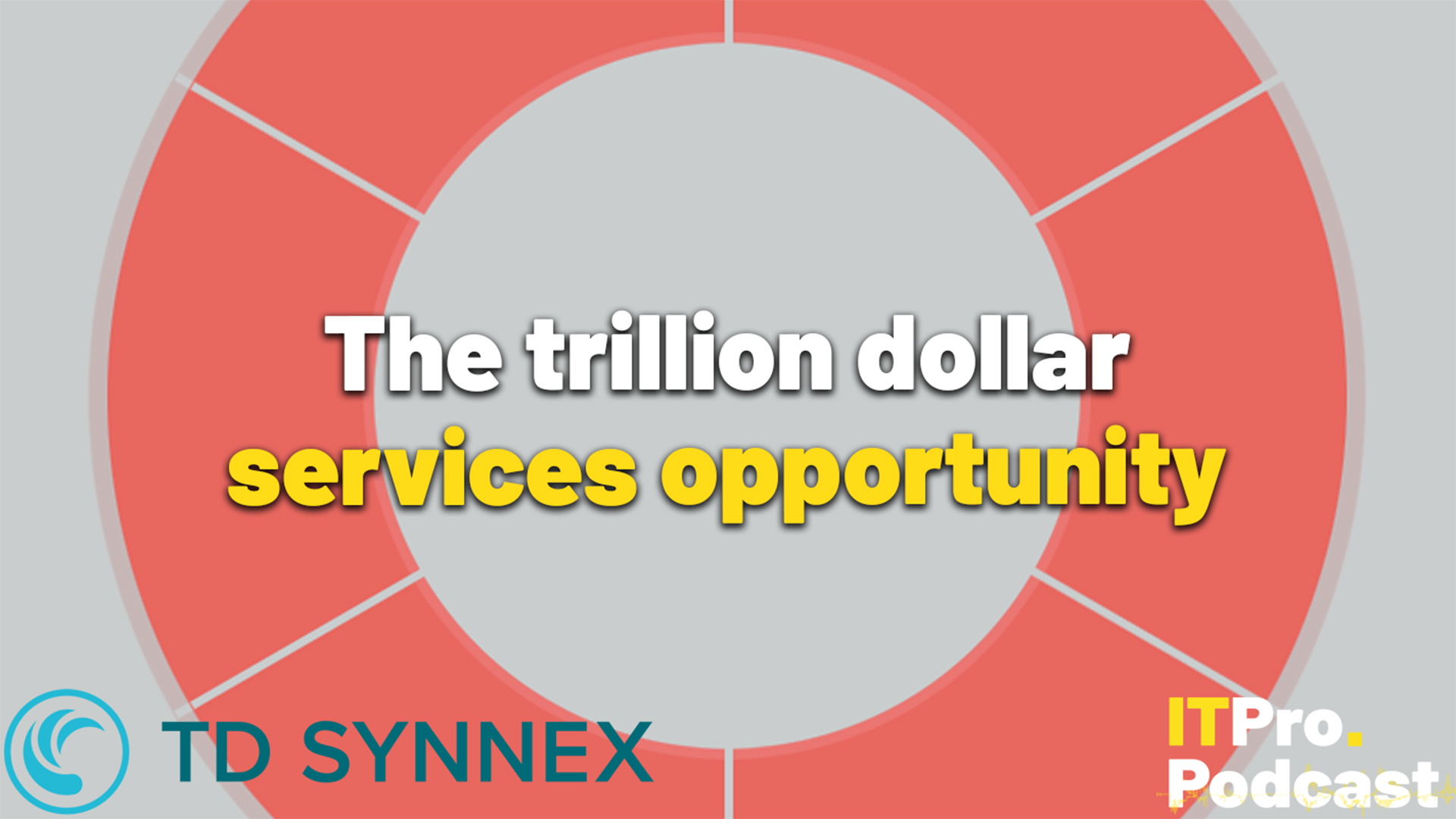 The trillion dollar services opportunity
The trillion dollar services opportunitySponsored Podcast Services and enablement are key to transforming products into business outcomes
-
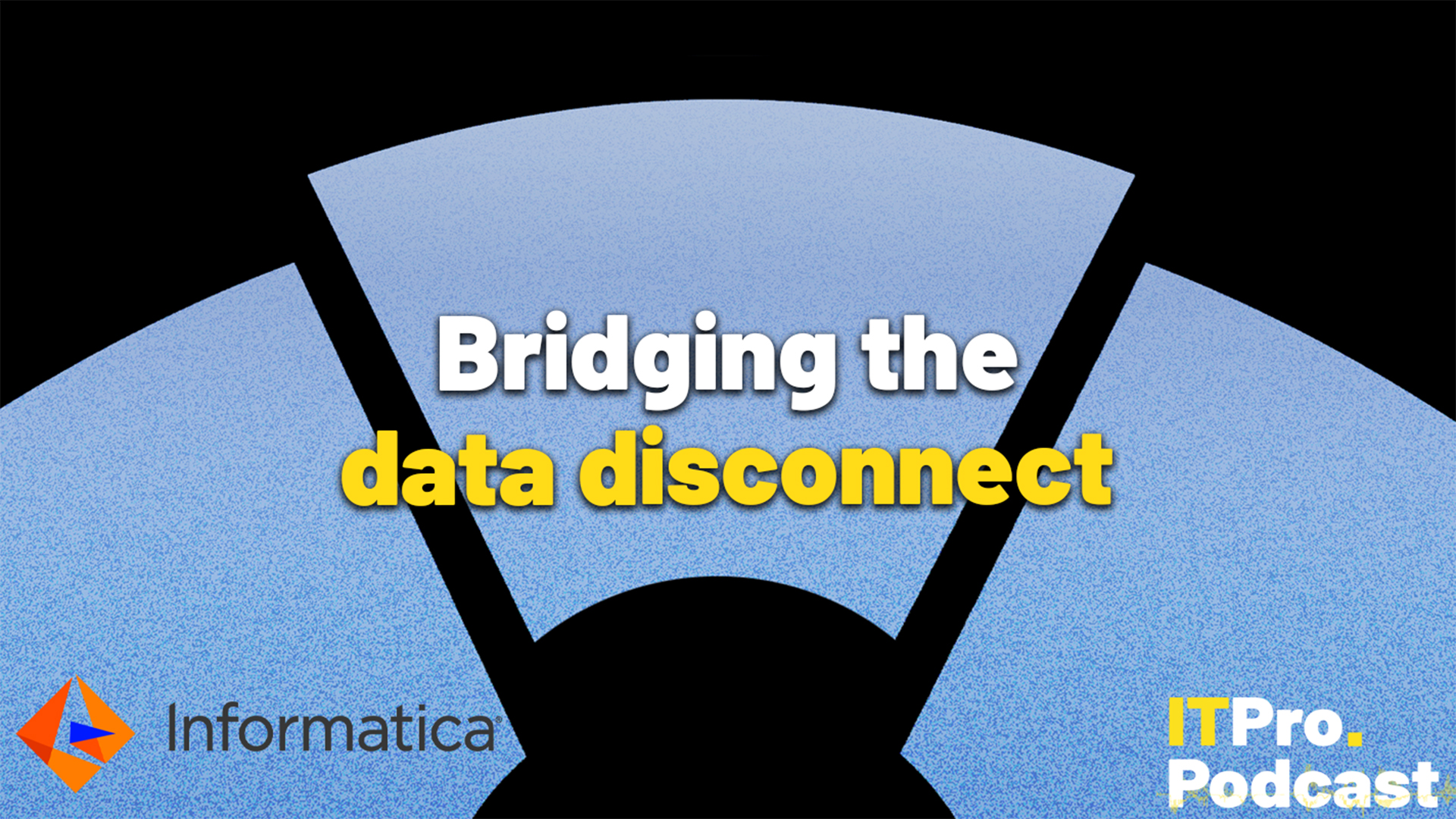 Bridging the data disconnect
Bridging the data disconnectSponsored Podcast How can businesses make the most of their data for customer success?
-
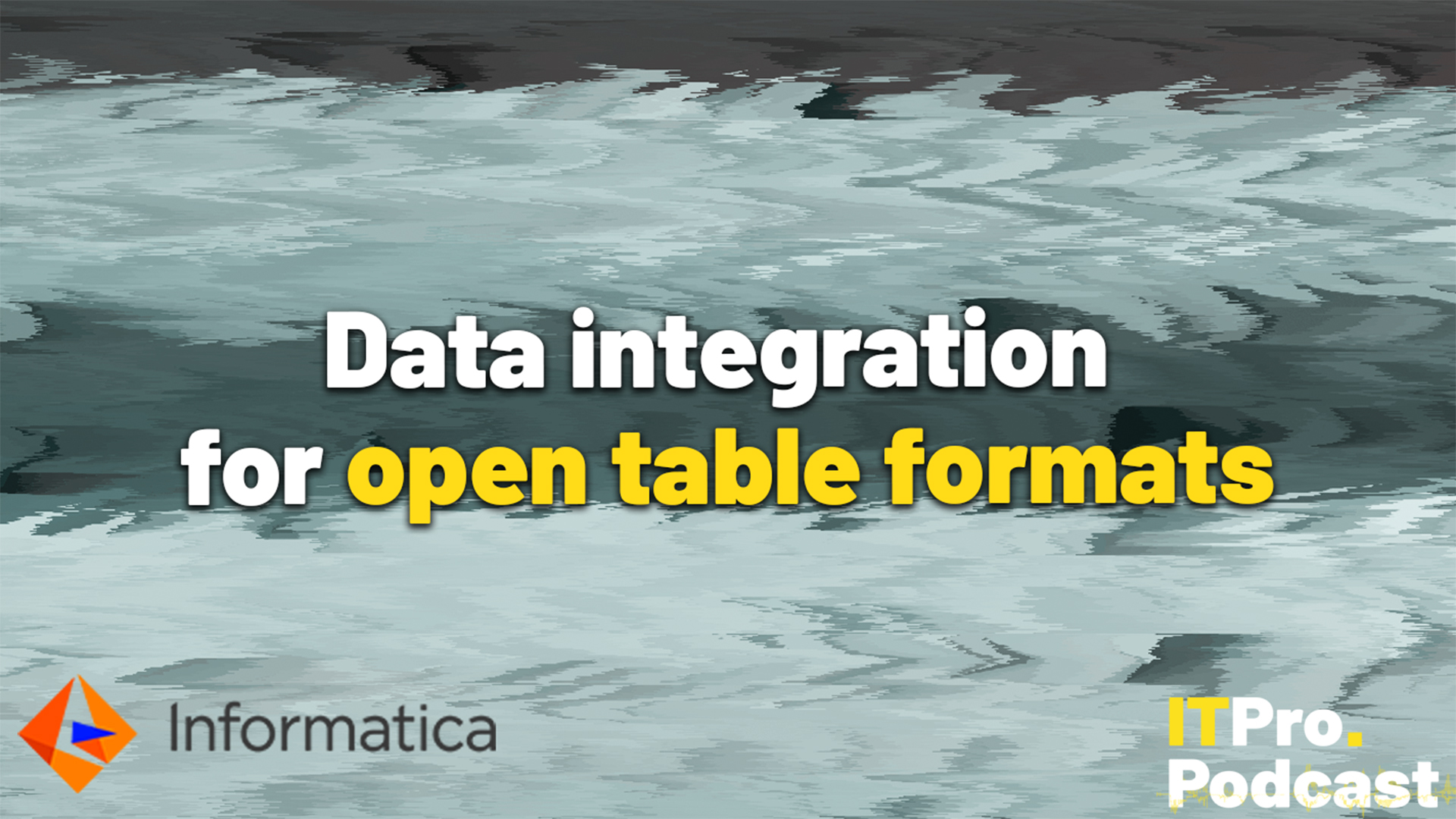 Data integration for open table formats
Data integration for open table formatsSponsored Podcast Open table formats can unlock huge benefits for IT leaders looking to get value out of their data
-
 Java celebrates its 30th birthday and more Microsoft developer layoffs
Java celebrates its 30th birthday and more Microsoft developer layoffsITPro Podcast Is AI coming for everyone's job now? Plus Dragonforce emerges as the tool behind UK retail attacks
-
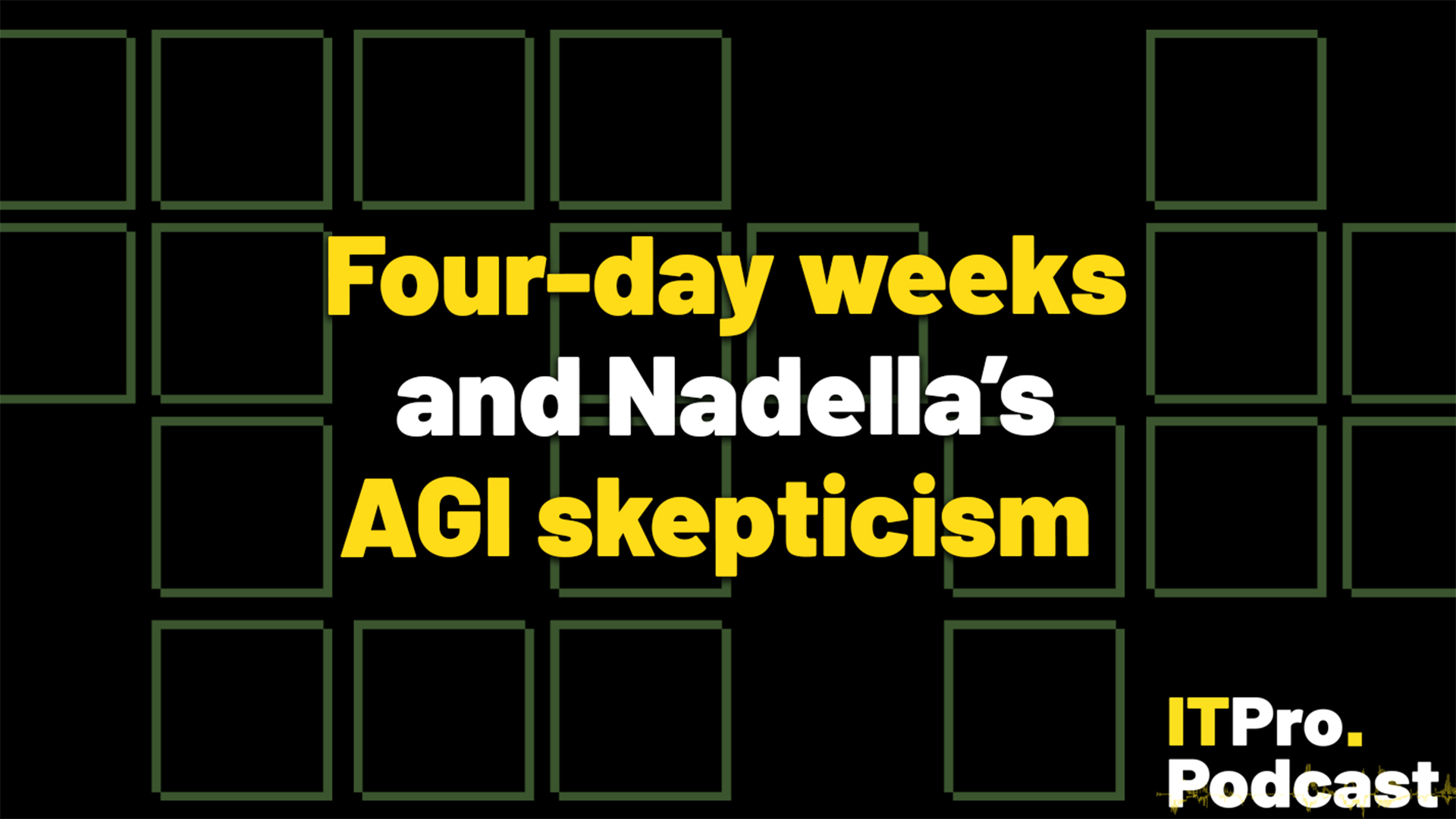 Four-day weeks and Nadella's AGI skepticism
Four-day weeks and Nadella's AGI skepticismITPro Podcast As the Microsoft chief casts doubt on ultra-advanced AI systems, a famous security blogger has fallen victim to a classic attack
-
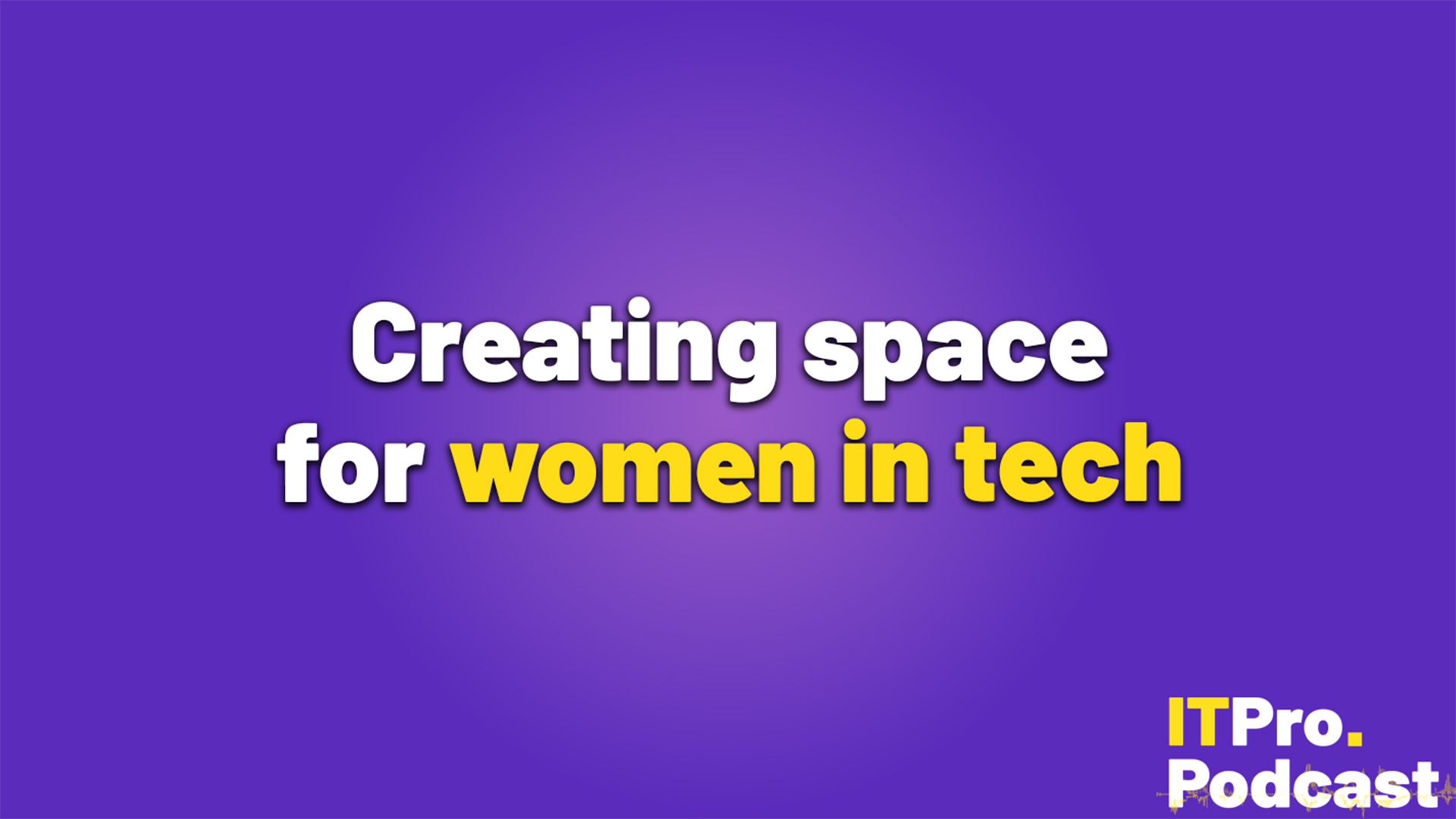 Creating space for women in tech
Creating space for women in techITPro Podcast Tech's huge gender divide can only be tackled with more welcoming, proactive sectoral efforts
-
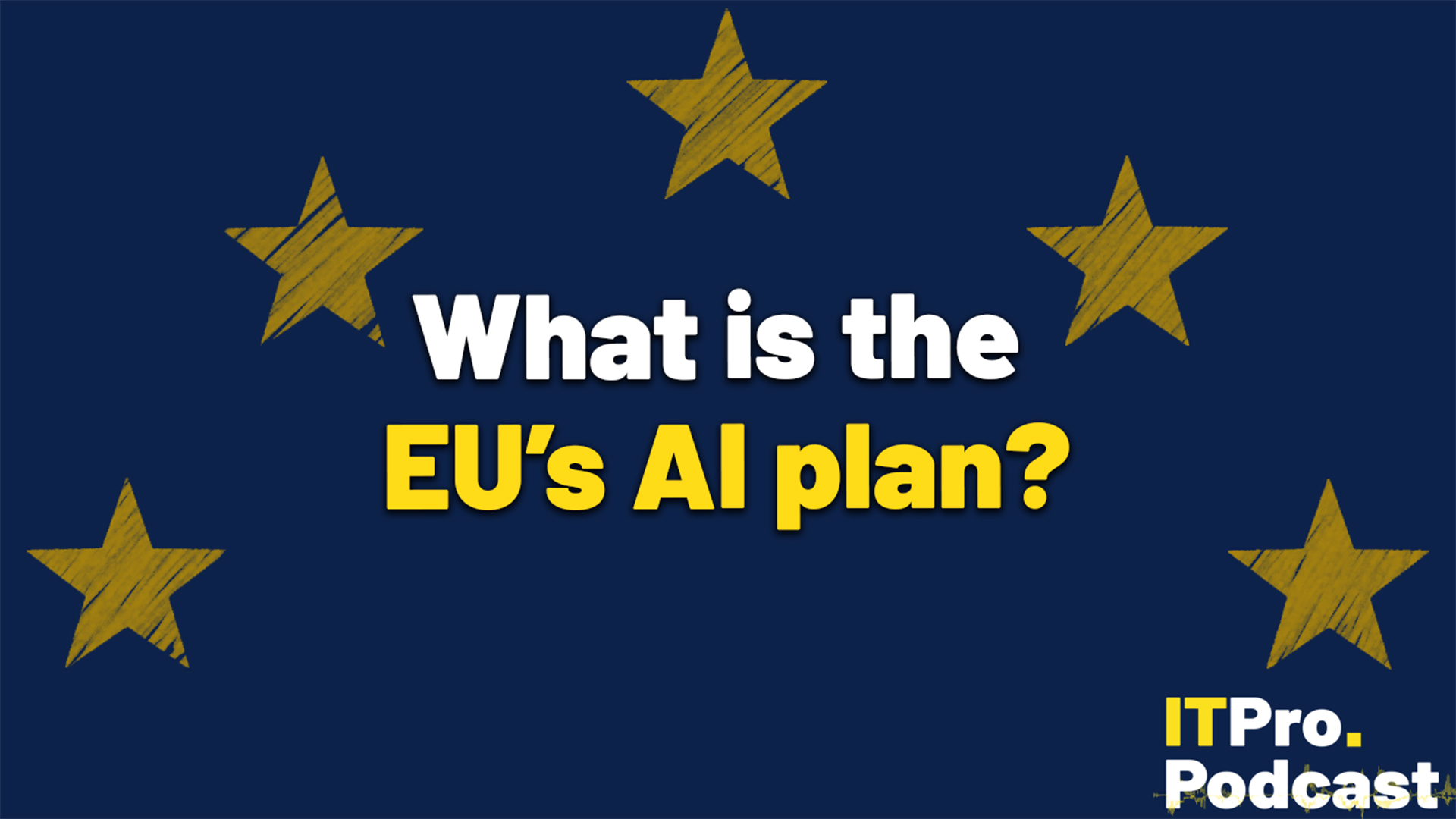 What is the EU's AI plan?
What is the EU's AI plan?ITPro Podcast As the EU moves to enable AI innovation, it could end up striking the perfect balance between regulation and public support – especially as US AI laws become more complex
-
 The trends we’re watching in 2025
The trends we’re watching in 2025AI for security and sovereign cloud could be top driving forces in the coming year
